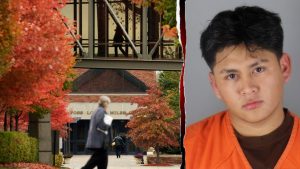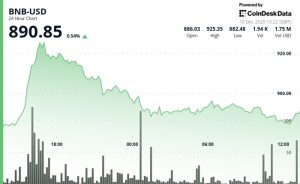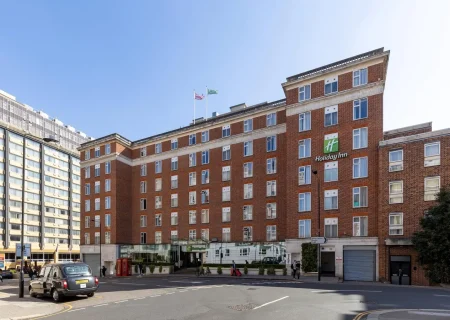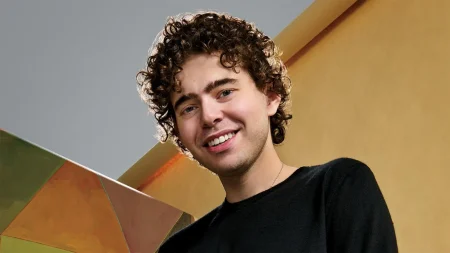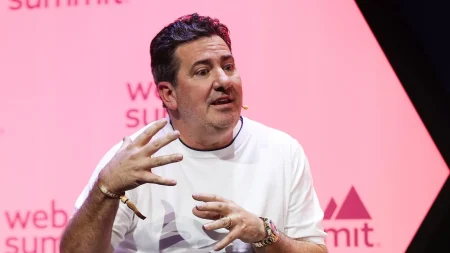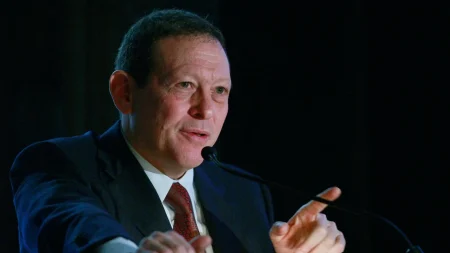How Historically Black Colleges Face New Student Loan Challenges
In the heart of Atlanta, Antonio Sweeney’s journey through Morehouse College represents the financial balancing act many students at Historically Black Colleges and Universities (HBCUs) must perform. After exhausting his scholarships and Pell Grant by junior year, Sweeney turned to student loans and ultimately his mother’s help through the federal Parent Plus program. Sylvia Tripplett, a special education teacher still paying off her own student loans, borrowed over $24,000 for her son’s fall semester and plans to do the same for spring. Their story illustrates a looming crisis: President Trump’s One Big Beautiful Bill Act (OBBBA) will soon cap Parent Plus loans at $20,000 per year and $65,000 total per student—far below what many HBCU families require. “It’s going to force families to decide to tell their kids, ‘hey, we don’t have enough money for you to go to your dream school,'” Sweeney worries, highlighting the real-world implications of policy changes on educational aspirations.
The financial vulnerability of HBCUs and their students has caught the attention of several philanthropists. Arthur Blank, Home Depot co-founder and Atlanta Falcons owner, recently committed $50 million over ten years to provide “gap” scholarships for students at four Atlanta HBCUs. These scholarships specifically target juniors and seniors who might otherwise drop out due to financial shortfalls after exhausting other aid options. Blank explained this initiative emerged from conversations with college presidents who consistently reported that talented students were leaving “not because they couldn’t do the work, but because they hit a financial wall.” Similarly, private equity billionaire Robert F. Smith, who famously paid off the debt of an entire Morehouse graduating class in 2019, is expanding his Student Freedom Initiative to include graduate students affected by OBBBA’s new limits. Meanwhile, MacKenzie Scott contributed $70 million to the United Negro College Fund to strengthen HBCU endowments. These philanthropists recognize what statistics confirm: 65% of HBCU undergraduates rely on federal loans and 18% have parents using Plus loans—significantly higher than the national averages of 36% and 4%, respectively.
The nation’s elite private HBCUs face particular challenges with the new parental borrowing limits. Schools like Morehouse, Spelman College, and Clark Atlanta University—three recipients of Blank’s funding—ranked among the top ten institutions nationwide with the highest percentage of students relying on Parent Plus loans. At Spelman, between 40% and 45% of students’ parents borrow through this program, with an average outstanding loan balance approaching $80,000—the second highest in the nation. Mark Brown, president of Tuskegee University and former chief operating officer of the Department of Education’s Federal Student Aid office, holds complicated views on these loans. While fighting to preserve access to funding that enables HBCU students to graduate, he acknowledges that the Parent Plus program became a problematic solution that “we’ve become dependent on.” Created in 1980 for relatively affluent parents, the program evolved into a lifeline for low-income families despite its high interest rates (currently 8.94%) and steep origination fees (4.228%). The repayment challenges are substantial—at 59 HBCUs, fewer than 10% of Parent Plus borrowers had managed to pay down any principal after three years.
With the maximum Pell Grant covering just 17% of average private college tuition and undergraduate federal loan limits remaining low, Parent Plus has become a crucial last resort for families with limited means. The potential impact of the new restrictions is concerning, especially considering what happened when the Obama administration temporarily tightened credit standards for the program in 2011: HBCUs experienced a 46% drop in Plus loan participation and a 3.4% decline in enrollment. Jordan Nellums of the Century Foundation warns that “any minor tweak to the Parent Plus loan system, no matter how well intentioned, could have drastic implications.” Graduate students face even more severe restrictions under OBBBA. Beginning July 2026, master’s and PhD students will be limited to borrowing $20,500 annually (with a $100,000 lifetime cap), while medical, dental, veterinary and law students will be capped at $50,000 per year (and $200,000 total)—amounts well below what many professional degrees cost.
The implications for specialized programs at HBCUs could be profound. Tuskegee’s College of Veterinary Medicine—the only veterinary school affiliated with an HBCU and the institution that has graduated over 70% of America’s Black veterinarians—estimates half its future students could struggle to finance their education under the new rules. With average graduate debt of $280,000, the $200,000 cap represents a significant shortfall. “Economically, it’s a bad decision,” says Brown, noting that limiting educational access conflicts with America’s need to develop domestic talent pipelines. To address this gap, Tuskegee aims to raise an additional $32 million for its endowment to expand institutional aid. Yet even this would bring the endowment to just $61,000 per student—far below the $2 million per student at the wealthiest private institutions. UNCF’s current $1 billion capital campaign, boosted by Scott’s contribution, aims to strengthen the financial foundations of member schools while continuing its role as the second-largest private scholarship provider in the country. As Lodriguez Murray of UNCF puts it, “We have to find the policy sweet spot so that all of these students can get access without being saddled (with debt) for the rest of their lives.”
Robert F. Smith’s Student Freedom Initiative offers a creative alternative to traditional loans. Following his $34 million gift to pay off Morehouse graduates’ debt, Smith committed $50 million directly and another $50 million through his Fund II Foundation to launch this program, which has also received $150 million from Cisco. The initiative provides loans up to $20,000 annually ($40,000 total) to upperclassmen at over 70 HBCUs and minority-serving institutions. These loans charge interest two percentage points below the Parent Plus rate without credit checks, cosigner requirements, or origination fees. Rather than traditional underwriting, the program focuses on students pursuing “market-driven” majors like finance and STEM fields, having distributed approximately $24 million so far. The initiative plans to expand to graduate students by 2029, starting with a pilot program for select medical, dental, and pharmacy students allowing $30,000 in annual borrowing. As Keith Shoates, the program’s president, explains, “What we care about is this bridge to the middle class…we want to make sure that wealth trap called student debt [doesn’t preclude] people from fully funding their retirement plans or buying their first home or starting a family.” While philanthropic efforts like these offer promising alternatives, the scale of the challenge means both public policy and private support will be essential to maintain educational access for the next generation of HBCU graduates.

